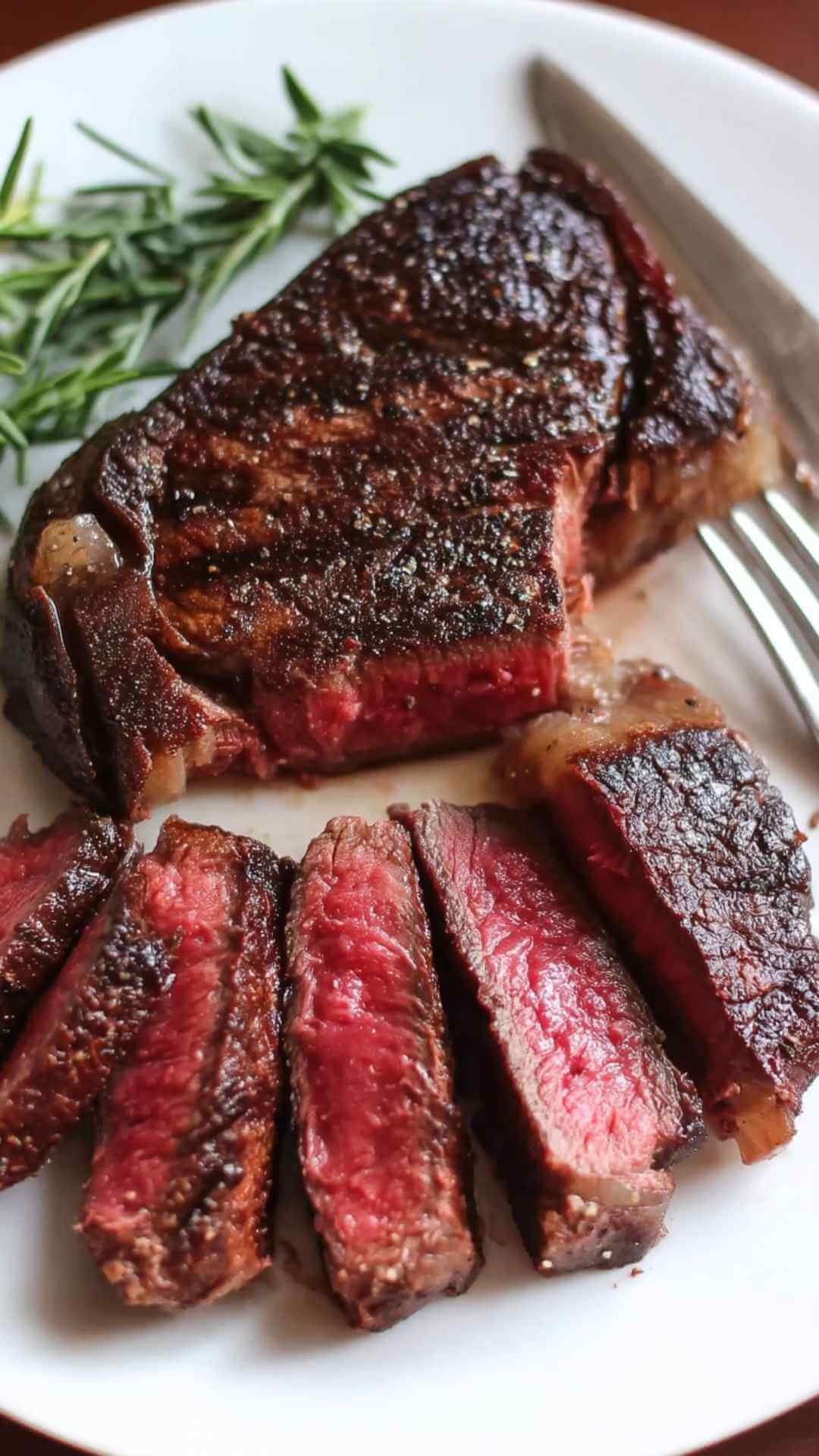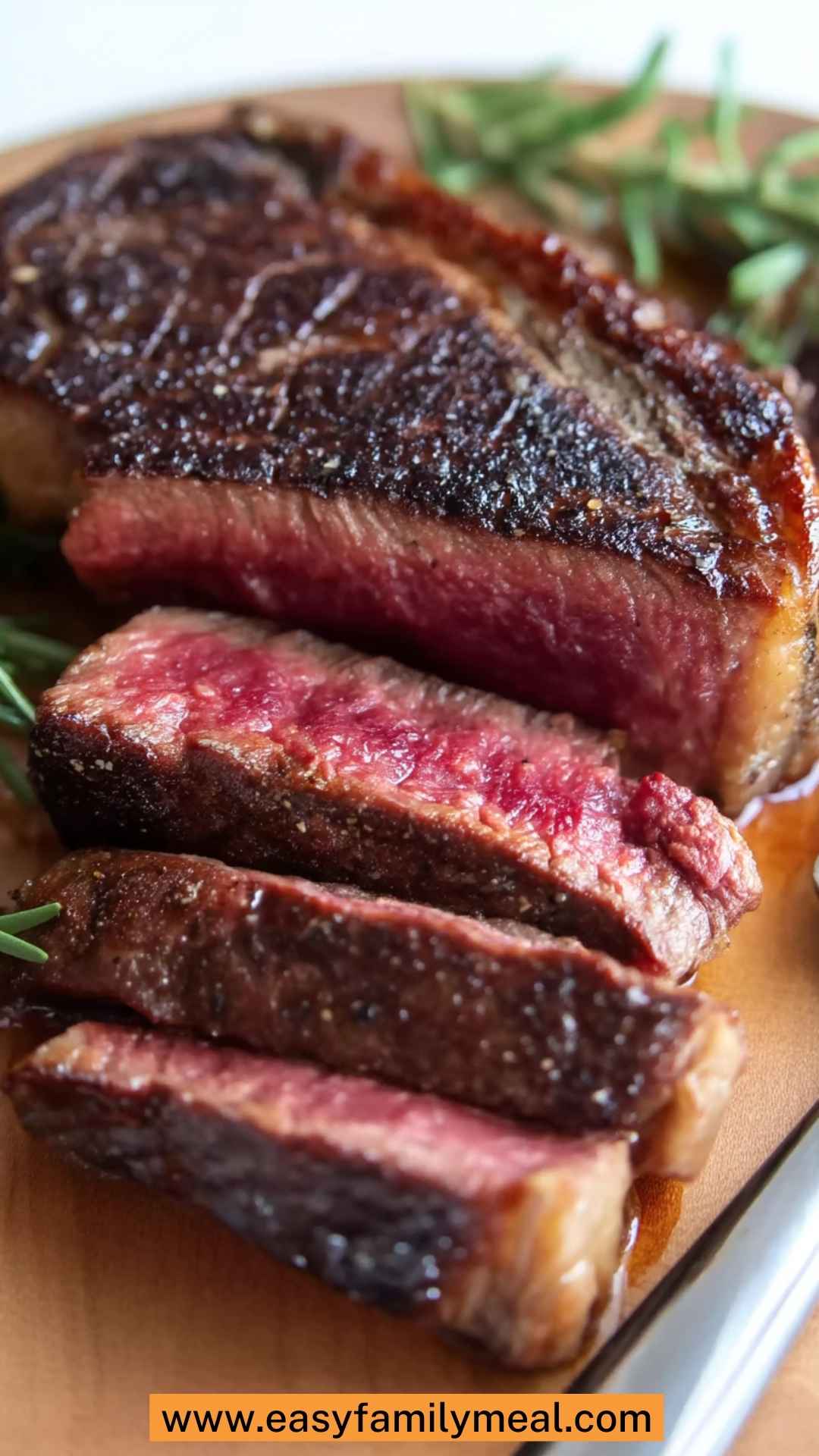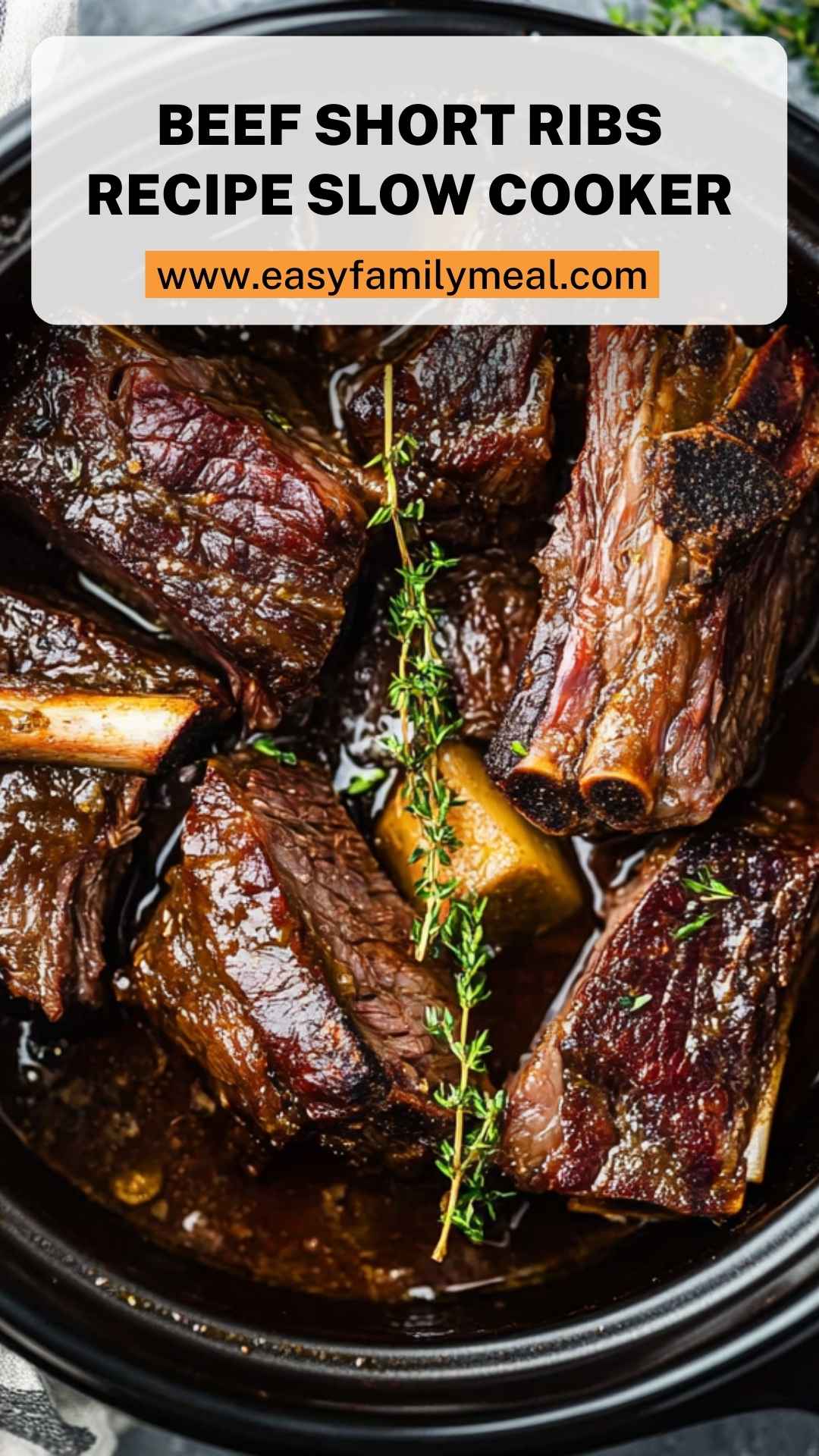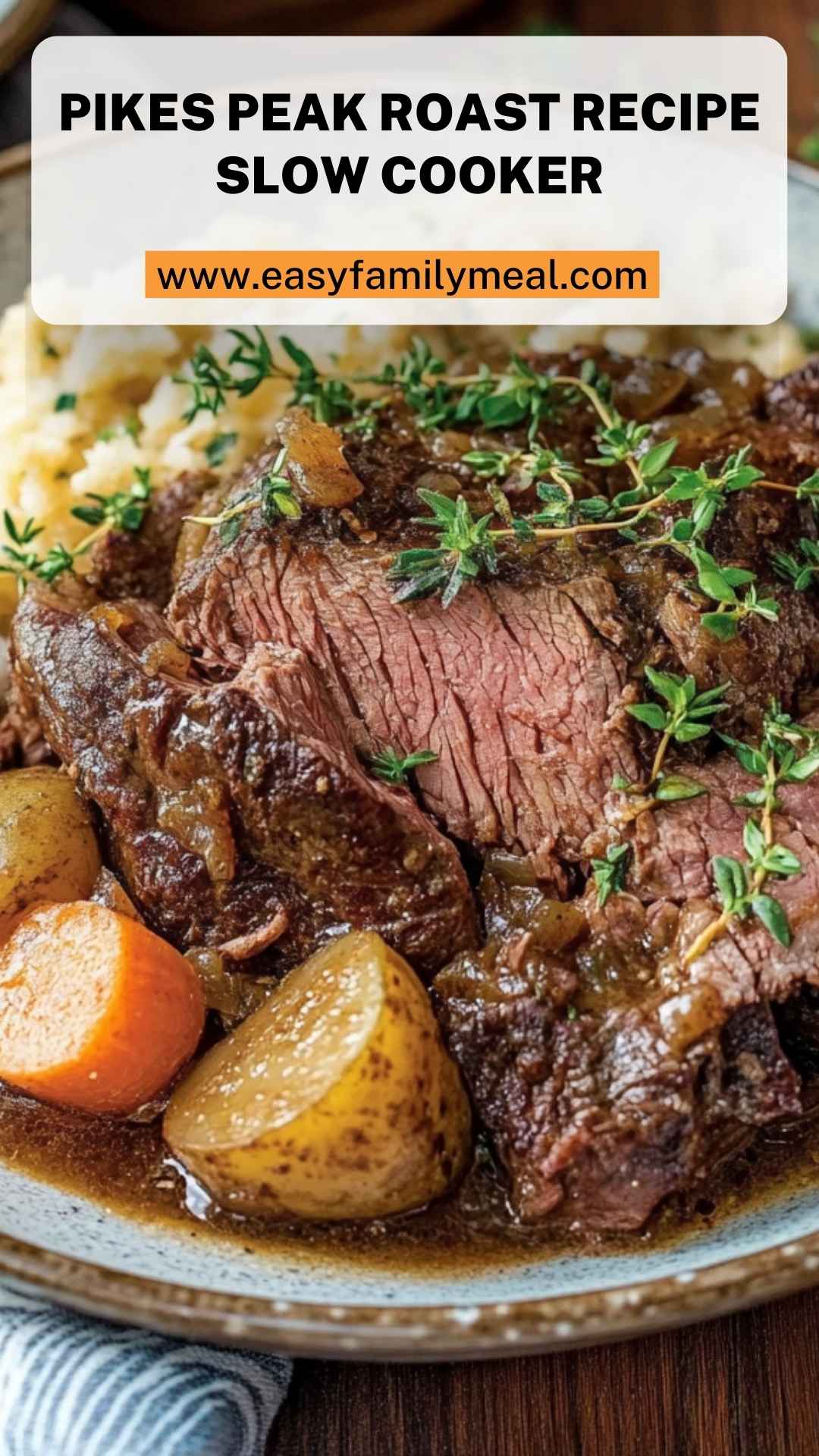When it comes to pairing with reverse seared steak, the key is to complement its rich, savory flavors with sides that offer contrast and balance. Garlic butter asparagus is a fantastic choice, adding a bright crunch and a subtle, garlicky flavor that enhances the steak without overpowering it.
Creamy mashed potatoes, with a dollop of sour cream and chives, are the ultimate comfort food and provide a creamy, indulgent base to balance the richness of the steak. Roasted Brussels sprouts, with their caramelized edges, bring a slightly bitter contrast and a satisfying texture that complements the tenderness of the meat.
A simple mixed green salad, tossed with a light vinaigrette, adds a refreshing freshness that cuts through the richness of the steak, providing a nice palate cleanser.
Finally, a crusty baguette is always a crowd-pleaser, perfect for soaking up any flavorful juices left on the plate. These pairings create a well-rounded meal that highlights the star of the show: your perfectly cooked reverse seared steak.

What is Reverse Seared Steak?
Reverse searing is a two-step cooking process that first involves slowly cooking the steak at a low temperature. Then, you finish it off with a quick sear in a hot pan. This method results in perfectly cooked meat from edge to edge with a fantastic crust.
The science behind it? The gentle heat gradually brings the meat to temperature, while the final high-heat sear maximizes flavor and texture.
Why This Recipe Works
This technique stands out for several reasons:
- Temperature Control: By cooking the steak slowly, it evenly reaches the desired internal temperature. Therefore, your steaks will be cooked uniformly without the risk of overcooking.
- Flavor Development: The slow cooking process enhances the beefy flavor, allowing it to become tender and juicy.
- Perfect Crust: That final sear caramelizes the outside and gives you that delectable crust, sealing in all the deliciousness.
What You’ll Need to Make This Dish
Before we dive into the cooking, gather your supplies. Here’s what you need:
- 1 tablespoon of fresh rosemary
- 1 teaspoon of garlic powder
- 1 tablespoon of unsalted butter
- Canola oil
- Coarse kosher salt and freshly cracked black pepper
- 1 to 2 Thick-cut beef steaks, at least 1 1/2 to 2 inches in thickness, such as ribeye, New York strip, porterhouse, T-bone, tri-tip, or filet mignon

How to Make Reverse Seared Steak
First, let’s summarize. The reverse searing process involves cooking at low heat and then finishing in a hot pan. With this in mind, let’s jump into the details with a step-by-step guide.
Step 1: Preparing Your Steak
Start by taking your steak out of the fridge. Allow it to come to room temperature for about 30-45 minutes. This step is crucial.
It ensures even cooking throughout. While the steak warms up, season it generously with kosher salt and freshly cracked black pepper. Don’t be shy; seasoning is key.
Step 2: Low-Temperature Cooking
Preheat your oven to 225°F (107°C). Place the seasoned steak on a wire rack set in a baking sheet, allowing airflow around the meat. Slide the steak into the oven. Cook until the internal temperature reaches approximately 110°F (43°C) for medium-rare.
Depending on the thickness of your steak, this may take around 30-40 minutes. A meat thermometer is your best friend here.
Step 3: The Sear
Once cooked, remove the steak from the oven. Heat a cast-iron skillet or heavy pan over high heat. Add a splash of canola oil. When the oil shimmers, carefully place the steak into the pan. Add the butter and rosemary immediately after placing the steak down.
Step 4: Basting
As the steak sears, use a spoon to baste it with the melted butter and rosemary. This step adds flavor and helps form that beautiful crust. Sear for about 1-2 minutes per side or until you get that deep caramelization.
Step 5: Resting
After achieving a lovely crust, remove the steak from the skillet. Let it rest for about 5-10 minutes. This resting period allows juices to redistribute throughout the meat, making it juicy and tender.
Tips for Success
- Use a Meat Thermometer: Reliable results come from accurate temperature readings. Aim for 125°F (52°C) for a perfect medium-rare after resting.
- Don’t Rush the Process: Allowing your steak to rest and come to room temperature pays off in flavor and tenderness.
- Choose the Right Cut: Thick cuts work best for reverse searing. Thin cuts can easily overcook in the low-heat phase.
- Quality Ingredients: Use high-quality beef. Grass-fed, organic options can offer richer flavors.
- Experiment with Seasoning: While this recipe seasonings are great, feel free to try other spices or herbs that excite your palate.
How to Store Leftovers?
If you find yourself with leftover steak, let it cool down first. Then, wrap it tightly in plastic wrap or aluminum foil. Place it in an airtight container, and it will keep in the refrigerator for up to 3 days. For longer storage, consider freezing. Just remember to wrap it well to avoid freezer burn.
Recommended Serving Suggestions
Once you’ve mastered your reverse seared steak, consider these epic pairings to create a full meal:
- Garlic Butter Asparagus: Fresh asparagus sautéed in garlic butter adds a bright, crunchy contrast to the steak.
- Creamy Mashed Potatoes: These provide comfort and richness. Add sour cream and chives for a pop of flavor.
- Roasted Brussels Sprouts: Caramelized sprouts bring out natural sweetness and a lovely crisp texture.
- Fresh Garden Salad: A simple salad with a light vinaigrette refreshes the palate and adds a vibrant touch.
Alternatives for Ingredients
If certain ingredients aren’t within reach, here are some substitutes:
- Fresh Rosemary for Dried Herbs: Use 1 teaspoon of dried rosemary if fresh isn’t available, but remember: dried is more potent.
- Canola Oil for Olive Oil: In a pinch, use olive oil for searing. It gives a different flavor but holds up well at high heat.
- Unsalted Butter for Ghee: Ghee can add a unique nutty flavor if butter isn’t on hand.
- Garlic Powder for Fresh Garlic: If you love the robust flavor of fresh garlic, use 1 clove minced instead, but be mindful not to burn it while basting.

Conclusion
Now you’re equipped to make a standout reverse seared steak that will impress your family and friends. It’s simple, delicious, and safeguards the integrity of the meat. Pair it with delightful sides, and you’ve got a meal worth celebrating.
Who knew that cooking a steak could be this straightforward?
Remember, it’s all about patience and technique. Enjoy your culinary adventure and the joy of sharing a great meal!
You’ll also like the following recipes!
- Mini No Bake Cheesecake Copycat Recipe
- How to Make Classic French Onion Soup
- Best And Easy French Toast Recipe
How To Make Reverse Seared Steak – Easy Family Meal
Description
Let’s get real: steak lovers are always on the hunt for the ultimate way to cook beef. Having tried every method from traditional grilling to sous-vide, nothing beats the simplicity and effectiveness of reverse searing.
This technique allows you to achieve that perfect medium-rare center while ensuring a beautifully browned crust. And trust me — once you go reverse, there’s no going back.
Ingredients
Instructions
Step 1: Preparing Your Steak
-
Start by taking your steak out of the fridge. Allow it to come to room temperature for about 30-45 minutes. This step is crucial.
It ensures even cooking throughout. While the steak warms up, season it generously with kosher salt and freshly cracked black pepper. Don't be shy; seasoning is key.
Step 2: Low-Temperature Cooking
-
Preheat your oven to 225°F (107°C). Place the seasoned steak on a wire rack set in a baking sheet, allowing airflow around the meat. Slide the steak into the oven. Cook until the internal temperature reaches approximately 110°F (43°C) for medium-rare.
Depending on the thickness of your steak, this may take around 30-40 minutes. A meat thermometer is your best friend here.
Step 3: The Sear
-
Once cooked, remove the steak from the oven. Heat a cast-iron skillet or heavy pan over high heat. Add a splash of canola oil. When the oil shimmers, carefully place the steak into the pan. Add the butter and rosemary immediately after placing the steak down.
Step 4: Basting
-
As the steak sears, use a spoon to baste it with the melted butter and rosemary. This step adds flavor and helps form that beautiful crust. Sear for about 1-2 minutes per side or until you get that deep caramelization.
Step 5: Resting
-
After achieving a lovely crust, remove the steak from the skillet. Let it rest for about 5-10 minutes. This resting period allows juices to redistribute throughout the meat, making it juicy and tender.
Nutrition Facts
Servings 2
- Amount Per Serving
- Calories 734kcal
- % Daily Value *
- Total Fat 59.3g92%
- Saturated Fat 13.5g68%
- Trans Fat 1.8g
- Cholesterol 169mg57%
- Sodium 186mg8%
- Total Carbohydrate 5g2%
- Dietary Fiber 1g4%
- Sugars 1g
- Protein 47g94%
* Percent Daily Values are based on a 2,000 calorie diet. Your daily value may be higher or lower depending on your calorie needs.
Note
- Use a Meat Thermometer: Reliable results come from accurate temperature readings. Aim for 125°F (52°C) for a perfect medium-rare after resting.
- Don’t Rush the Process: Allowing your steak to rest and come to room temperature pays off in flavor and tenderness.
- Choose the Right Cut: Thick cuts work best for reverse searing. Thin cuts can easily overcook in the low-heat phase.
- Quality Ingredients: Use high-quality beef. Grass-fed, organic options can offer richer flavors.
- Experiment with Seasoning: While this recipe seasonings are great, feel free to try other spices or herbs that excite your palate.





